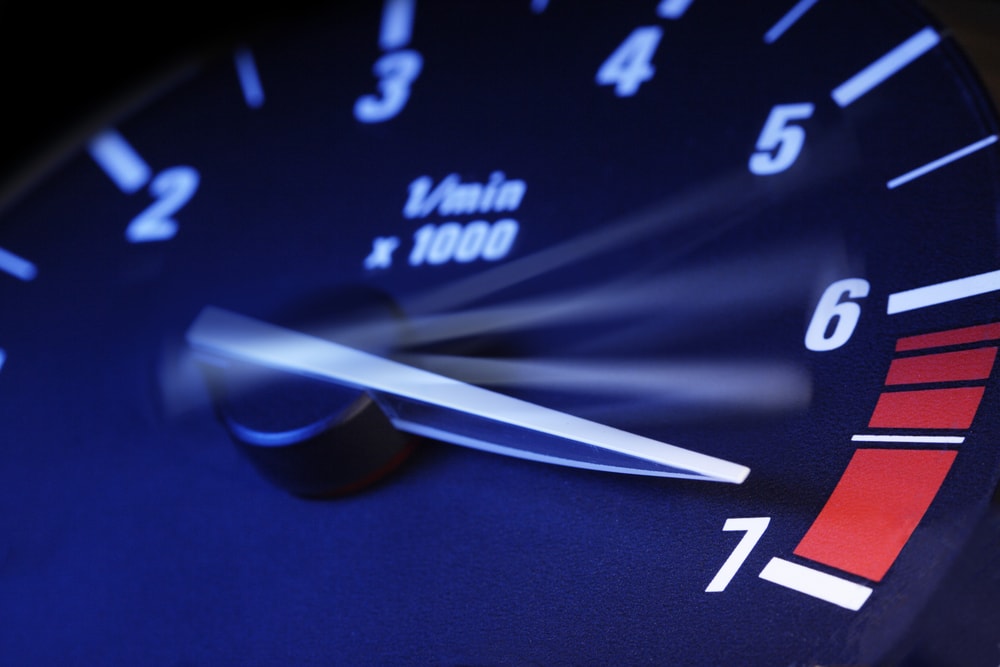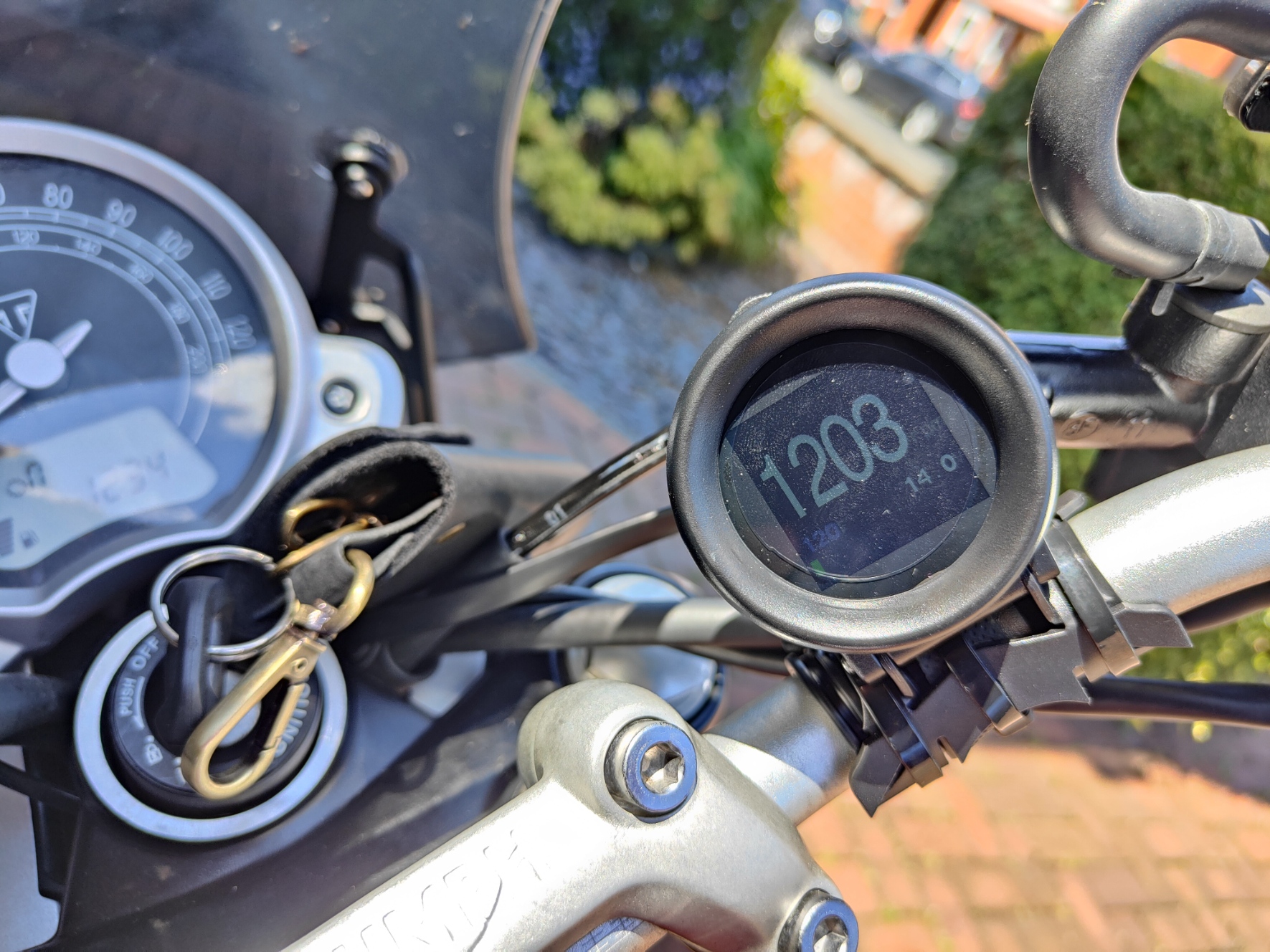Understanding the functionality of a laser tachometer is critical for industry QA professionals. This article aims to delve into the intricacies of this fascinating technology, explaining just how a laser tachometer works and why it is a preferred choice in multiple industries.
The laser tachometer is renowned for its precision and accuracy, making it a vital tool in numerous applications. From semiconductor manufacturing to genetic analysis, its usage is incredibly widespread.

What Is a Laser Tachometer?
A laser tachometer is a device used to measure the rotational speed of an object. It uses a focused laser beam to detect the motion of the object, providing highly accurate readings.
Mechanism of a Laser Tachometer
The main working principle involves a laser beam being pointed at the rotating object. The beam is then reflected back to the tachometer, and any interruptions in the beam are measured to determine the rotational speed.
Key Components
The primary components of a laser tachometer include:
- Laser Diode
- Photodetector
- Microcontroller
- Display Unit
Laser Diode
This component generates the laser beam that is directed at the rotating object.
Photodetector
The photodetector captures the reflected laser beam and sends the signal for processing.
Microcontroller
The signal from the photodetector is processed by a microcontroller to calculate the rotational speed.
Display Unit
The calculated speed is then displayed on a digital screen for easy reading and analysis.
Applications of Laser Tachometers
Laser tachometers find applications in various industries. Below are a few key examples:
- Semiconductor Manufacturing Inspection (Semiconductor Manufacturing)
- Coating Application Inspection (Coating Application)
- Genetic Analysis Monitoring (Genetic Analysis)
Why Choose a Laser Tachometer?
When compared to traditional tachometers, laser tachometers stand out for several reasons:
- Accuracy: Provides precise readings.
- Non-Contact: No need to physically touch the object being measured.
- Versatility: Suitable for various applications.
Installation and Setup
Setting up a laser tachometer is straightforward and involves just a few key steps:
- Mount the laser tachometer securely.
- Align the laser beam with the rotating object.
- Power on the device.
- Calibrate as necessary.
Calibration Tips
Calibration is essential for ensuring accurate measurements. Most laser tachometers come with an easy-to-follow manual for this purpose.
Maintenance
Regular maintenance of your laser tachometer is crucial. Regularly clean the lens, check alignments, and ensure that all components are in good working order.
Common Issues
Laser tachometers, like any other devices, can face issues such as:
- Signal loss
- Alignment problems
- Inaccurate readings
Troubleshooting
Most issues can be resolved by recalibrating the device or cleaning its components.
FAQs
What is the accuracy of a laser tachometer?
A laser tachometer is highly accurate, often providing readings with a precision of up to 0.01%.
How does it differ from a contact tachometer?
Unlike contact tachometers, laser tachometers do not require physical contact with the rotating object, making them ideal for delicate or high-speed applications.
Can a laser tachometer be used for any rotating object?
Yes, laser tachometers are versatile and can be used for a wide range of rotating objects, as long as the surface can reflect the laser beam.
For further information, you can check this external resource.

Conclusion
In conclusion, understanding how a laser tachometer works is essential for industry QA professionals. Its accuracy, versatility, and non-contact nature make it a valuable tool across various sectors. Regular maintenance and proper calibration ensure that your laser tachometer will provide reliable and precise readings for years to come.